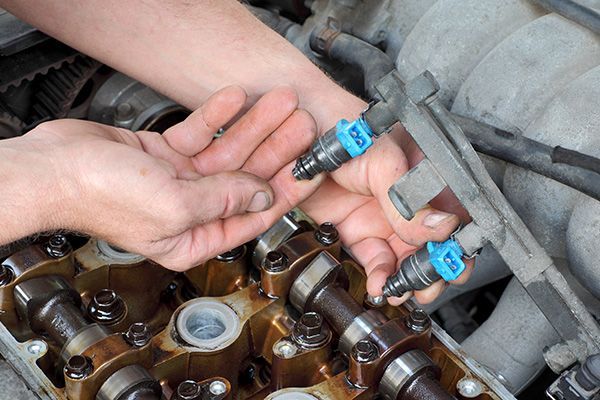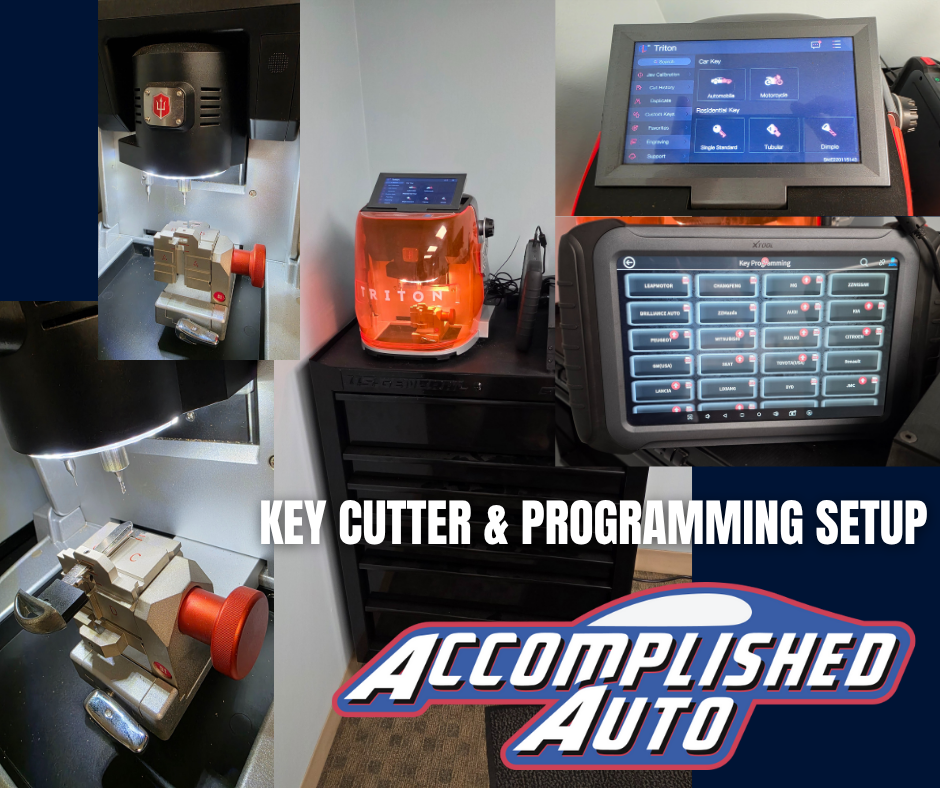
The practice of warming up a car before driving has been around for decades, but is it still necessary today? With advances in modern engines and changing environmental concerns, drivers often wonder if letting their car idle on a cold morning is beneficial or simply a waste of time and fuel.
The Origins of Warming Up Your Car
In the era of carbureted engines, warming up a car was essential for proper performance. Carburetors needed time to mix air and fuel effectively when the engine was cold, and a few minutes of idling allowed the engine to stabilize.
However, since the 1980s, fuel-injected engines have replaced carburetors in nearly all vehicles. These modern engines use sensors and computers to adjust fuel delivery automatically, even in cold weather. As a result, the necessity for idling has drastically diminished.
Why Warming Up Your Car Isn’t Always Necessary
For most modern vehicles, idling for extended periods before driving is unnecessary. Here’s why:
Efficient Fuel-Injection Systems
Fuel-injected engines adjust quickly to temperature changes, providing the correct air-fuel mixture immediately upon starting. This eliminates the need to idle for prolonged periods.
Engine Warm-Up While Driving
Your car warms up faster when you’re driving compared to idling. The movement generates more heat in the engine and the transmission, which helps all components reach optimal operating temperatures more quickly.
Environmental Impact
Prolonged idling increases fuel consumption and contributes to air pollution. Many cities have anti-idling regulations to reduce emissions and promote better air quality.
Wear and Tear on Components
Idling a cold engine for too long can cause incomplete combustion, leading to carbon buildup in the engine. Over time, this may affect performance and efficiency.
When Warming Up Your Car Makes Sense
While extended idling isn’t necessary, there are certain scenarios where warming up your car briefly can be beneficial:
Cold Weather Considerations
If temperatures drop significantly below freezing, idling for 30-60 seconds can help circulate oil through the engine and ensure it’s properly lubricated before driving.
Defrosting Windows
Turning on the heater and defroster may require a few minutes of idling to clear frost or ice from your windshield and improve visibility.
Diesel Engines
Diesel vehicles may need a longer warm-up time, as their engines rely on compression heat and may take longer to reach optimal operating temperatures in extremely cold conditions.
Tips for Maintaining Your Vehicle in Cold Weather
To keep your car running smoothly and minimize the need for idling, follow these winter maintenance tips:
Check the Battery
Cold weather can drain a car battery faster. Ensure your battery is fully charged and in good condition to avoid starting issues.
Inspect Tires
Proper tire pressure is critical in winter. Cold air can cause tires to lose pressure, so check and adjust regularly.
Use the Right Oil
Make sure your vehicle uses the manufacturer-recommended oil for winter. Some oils are formulated to flow better at lower temperatures.
For most modern vehicles, idling to warm up the engine is largely unnecessary. Instead, start your car, let it run for about 30 seconds, and drive gently to allow all components to warm up efficiently. Prolonged idling wastes fuel, contributes to pollution, and doesn’t significantly benefit today’s engines.
However, brief idling can be useful in extremely cold conditions or when defrosting your windows. Ultimately, following proper winter maintenance practices is the best way to ensure your car performs well in cold weather.
Is your car ready for winter? At Accomplished Auto in Concord, NH, we offer expert winter maintenance services to keep your vehicle in top shape. From oil changes and battery checks to tire inspections and more, our certified technicians are here to help.










